At MWC 2022 (or Mobile World Congress) last week in Barcelona, Spain, I had the opportunity to stop by the QCT booth to see what the Quanta folks brought. I only had a few minutes, but since QCT servers are one of the only brands of servers we do not regularly review on STH, I thought our readers would at least like a glimpse into what the company is doing. There are certainly some great design elements in the company’s current generation. I picked a few photos and wanted to share them.
Note: These were all using show floor lighting and a phone camera, not our normal studio setup.
QCT at MWC 2022: QCT QuantaGrid Design
At the show, we saw the QCT QuantaGrid D53XQ-2U and D53X-1U on a table already opened up. Like many servers we review these days, the big differences come down to the 2U form factor having more room for PCIe risers, storage, and larger fans. We recently took a look at 1U v. 2U impact of fans in our Deep Dive into Lowering Server Power Consumption.
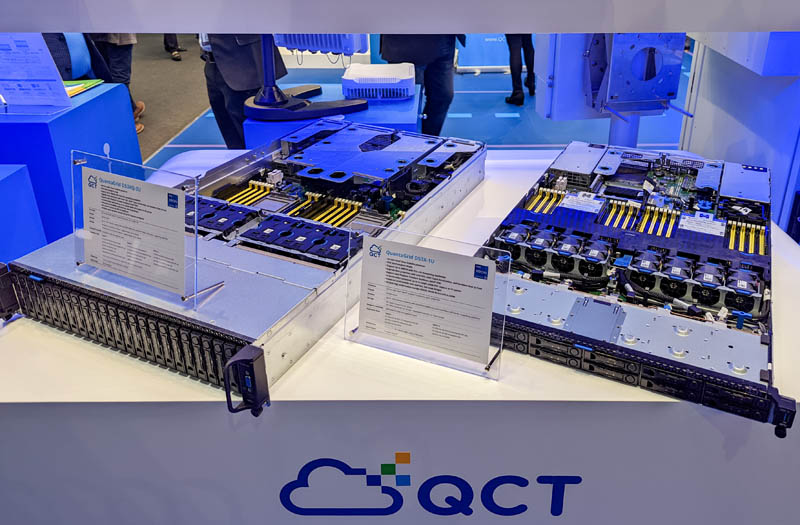
Since the 1U was lit slightly better, we are using that. The first two items to point out are that QCT has a proprietary mezzanine storage riser so that it can add SAS RAID controllers without using a valuable PCIe slot. One can also see the OCP NIC 3.0 slot in the rear. The server at the show had two full-height risers, but there are other options like a three low-profile riser design.
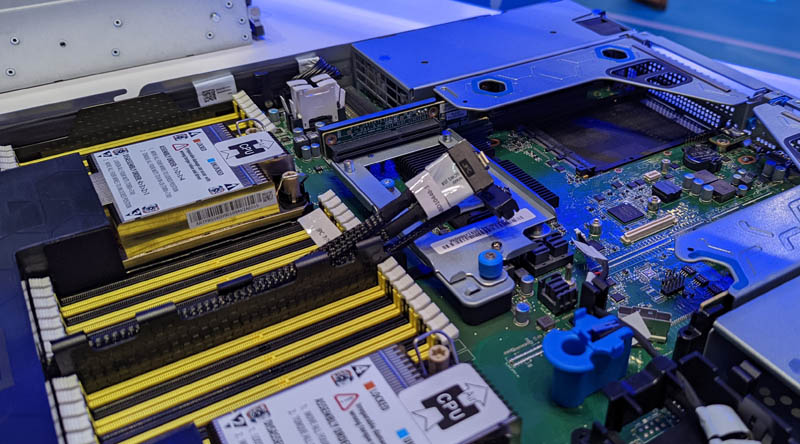
This may seem like a small feature because it is, but QCT has dual M.2 2230 drive slots that extend vertically from the motherboard. This is designed for dual boot M.2 drives. Most M.2 solutions we see are on a card or are parallel to the motherboard, this is a different solution that is really nice.
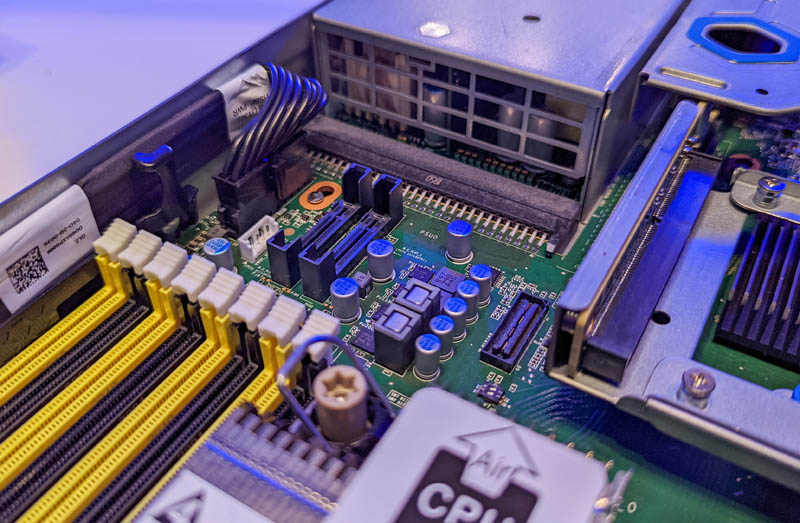
Another very different feature is on the rear of the motherboard. First, there is a very small white header in this photo below the CR2032 battery. We also saw an Altera FPGA onboard and asked if the onboard FPGA is for Intel PFR. Quanta told us that the onboard FPGA is for functions like making lights blink, but the small header is designed for a plug-in PFR FPGA. Many customers do not want PFR (although Intel will be pushing it more in the future) and so having a pluggable module lowers the BOM cost for those that do not want to use the feature.
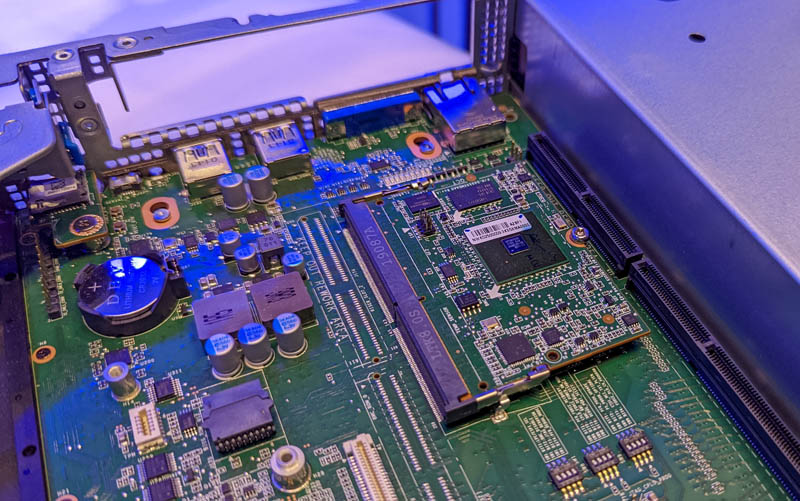
The other big one here is the module you can see on the right of that photo. QCT has the BMC on a card. This allows the same overall server design to do something very different. QCT has multiple BMC vendors and designs it can support by putting the BMC on a card. The vast majority of servers we see have the BMC on the motherboard, so this is a very different design.
QCT IP67 Outdoor and 5G at MWC 2022
Since it was Mobile World Congress, QCT also brought some of its mobile solutions. Here is an outdoor Intel Xeon D-2100 series box designed for pole mounting.
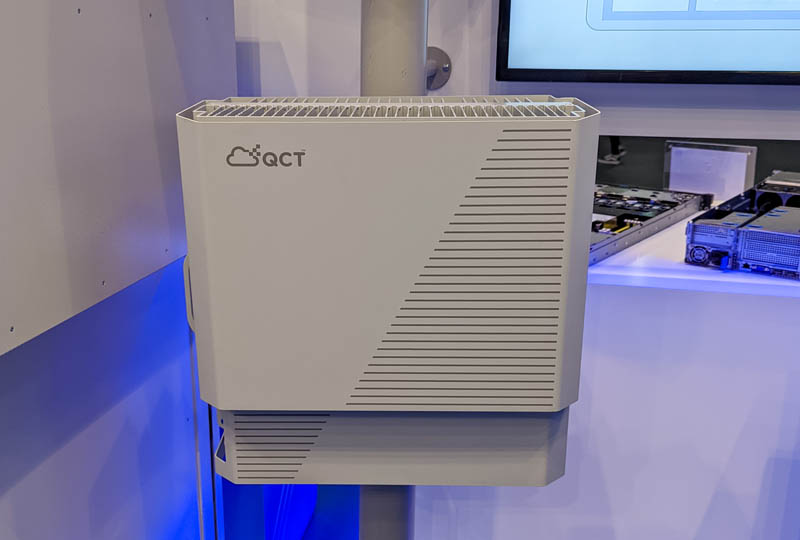
I asked about looking inside and received some perplexed looks. The enclosure is tightly bound to the components to provide passive cooling. These heatsinks are large and the overall system is >30L. While QCT had the Intel Xeon D-2100 series system on display (we previously covered a Quanta Xeon D system years ago), I asked if there was a “theoretical” Ice Lake-D system, if it would be the same size. I was told that “theoretically” a system would be ~25% smaller based on Ice Lake-D if such a system was ever made.
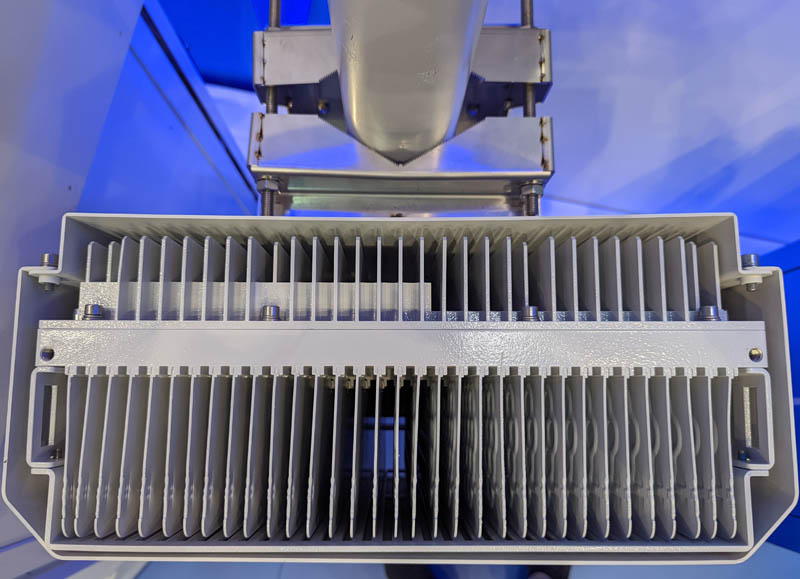
QCT had a number of other pole-mounted solutions. Here is another unit with an angle that is not often shown.
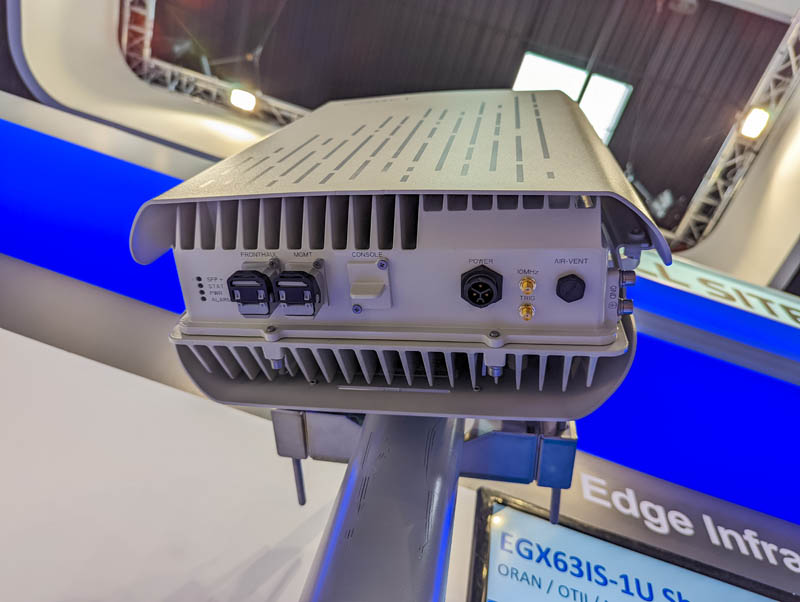
Aside from the pole units, the company also had a rack designed for ORAN/ vRAN applications. The below shows the switching and compute infrastructure. Beyond these, the rest of the rack was designed for power distribution and battery backup.
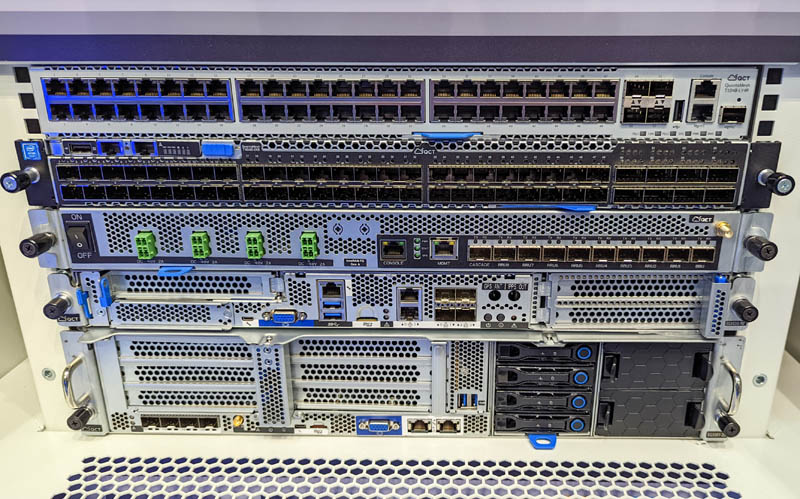
We sometimes review 2U/1U front I/O platforms for this segment, and this gives you some sense of how these systems are stacked. QCT’s goal is to provide drop-in rack solutions for 5G deployments.
Final Words
QCT is a very large server vendor, but one that mostly markets to hyper-scale customers. While they make many systems, it is often difficult to see QCT products so I thought I would take a few minutes and just check-in and see what they had, although nowhere near the level of when I visited QCT in Taiwan. Hopefully, travel opens back up as the pandemic eases, but I am in the middle of doing two international trips in two weeks to start getting out and showing STH readers more. Seeing gear hands-on even if briefly like this is great because we can see what companies are doing with their product lines.

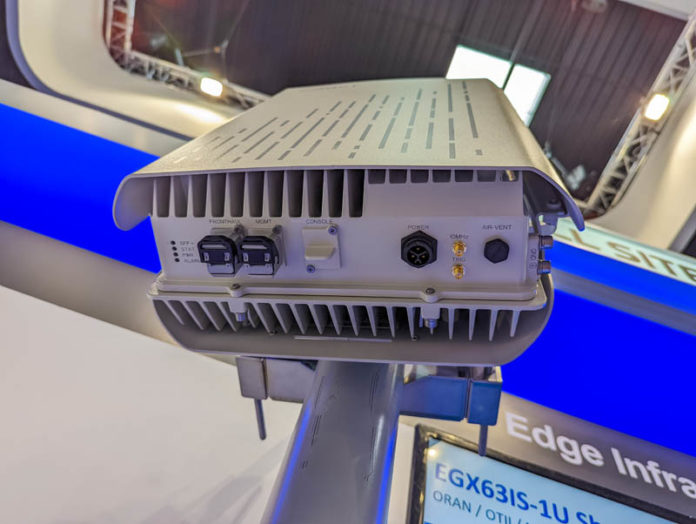



I can’t wait to see STH take apart the servers, even those pole ones. I’d also like more on switches. Didn’t STH review Quanta switches in the past?
The only time I see Quanta is on refurb palettes after their useful life has been consumed.